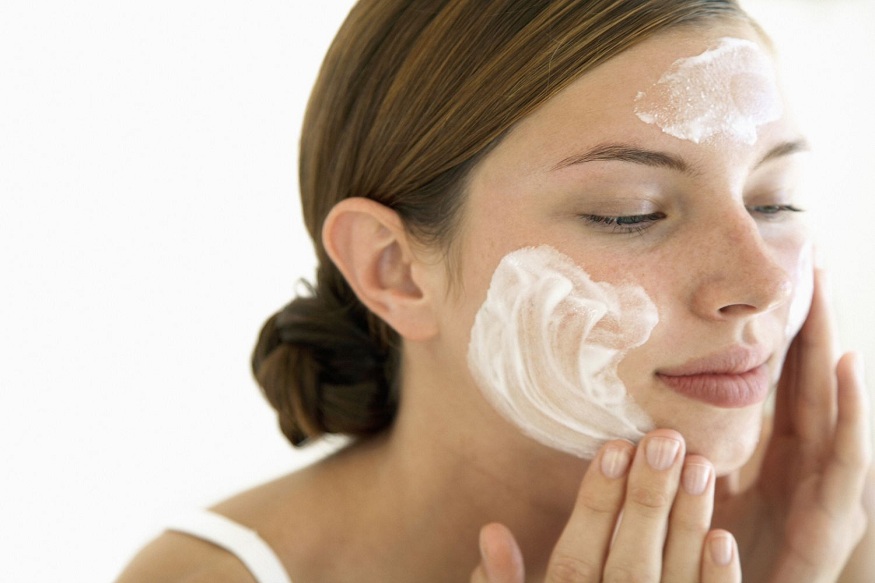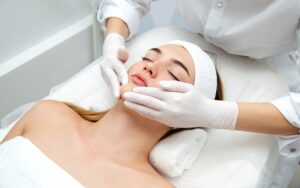
Sunshine may be great for your mood and a good source of vitamin D, but it’s not always kind to your skin. One of the most common effects of prolonged sun exposure is pigmentation — those dark spots or uneven patches that seem to appear out of nowhere, especially on the face. Understanding what causes pigmentation and how to prevent it is the first step toward clear, radiant skin.
What Is Pigmentation?
Pigmentation refers to the coloring of the skin caused by melanin. It’s a natural pigment produced by cells called melanocytes. While melanin helps protect your skin from UV damage, overproduction can lead to hyperpigmentation — darker patches of skin that are often more noticeable on the face.
Pigmentation can be triggered by various factors including hormonal changes, inflammation, and skin injuries. But one of the biggest culprits? The sun.
How Sun Exposure Leads to Pigmentation
When your skin is exposed to UV rays, it responds by producing more melanin to defend itself from damage. This is what gives you a tan. But when UV exposure is prolonged or intense, the melanin production can become uneven, resulting in dark spots or patches, commonly known as sunspots, age spots, or melasma.
This process is especially problematic on the face, which is constantly exposed to the elements. Without protection, even a few minutes of daily sun exposure can accumulate over time and lead to visible pigmentation issues.
Preventing Pigmentation: The Power of Sunscreen
One of the most effective ways to protect your skin from UV-induced pigmentation is by using sunscreen with SPF 50. SPF (Sun Protection Factor) measures how well a sunscreen protects against UVB rays, which are the main cause of sunburn and skin cancer.
A sunscreen with SPF 50 blocks about 98% of UVB rays, significantly reducing your risk of developing pigmentation. It’s essential to choose a broad-spectrum formula that also protects against UVA rays, which penetrate deeper into the skin and can accelerate aging and pigmentation.
Apply sunscreen every morning, even on cloudy days, and reapply every 2 hours when spending extended time outdoors. Don’t forget often-missed areas like the ears, neck, and around the eyes.
Treating Existing Pigmentation with the Right Products
If you already have pigmentation, don’t worry — there are ways to fade dark spots and even out your skin tone. Look for pigmentation face creams that contain active ingredients like niacinamide, vitamin C, licorice extract, or alpha arbutin. These ingredients help inhibit melanin production and gradually lighten hyperpigmented areas.
Gentle exfoliation with products containing AHAs (alpha hydroxy acids) or BHAs (beta hydroxy acids) can also help by encouraging skin cell turnover and revealing fresher, more even-toned skin beneath.
Why Choose Pearl Beauty Skin Products
When it comes to managing pigmentation and protecting your skin, ARM Pearl Beauty offers a targeted solution with their advanced skincare line. Their products are formulated with natural brightening agents and dermatologically tested ingredients that specifically target hyperpigmentation and dullness.
Whether you’re using their daily pigmentation face creams or their ultra-light sunscreen with SPF 50, ARM Pearl Beauty focuses on restoring your skin’s natural glow while offering long-lasting hydration and protection. The brand is known for its pearl-infused technology, which not only helps fade dark spots but also improves skin texture and radiance over time.
Final Thoughts
Pigmentation caused by sun exposure can be stubborn, but it’s not unbeatable. By incorporating sunscreen with SPF 50, using effective pigmentation face creams, and choosing quality skincare products like those from ARM Pearl Beauty, you can protect your skin and promote a more even, radiant complexion.
Don’t wait for dark spots to appear and start protecting and treating your skin today.





